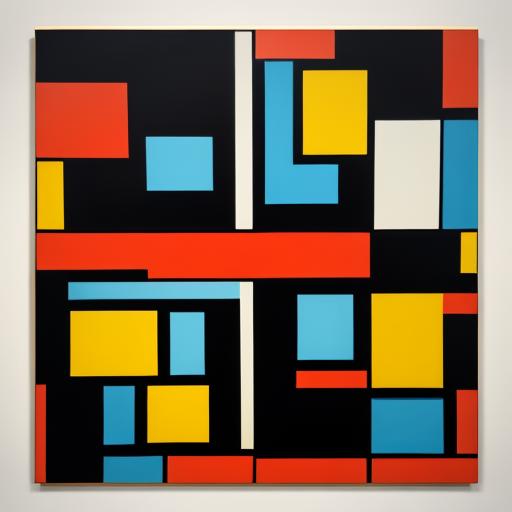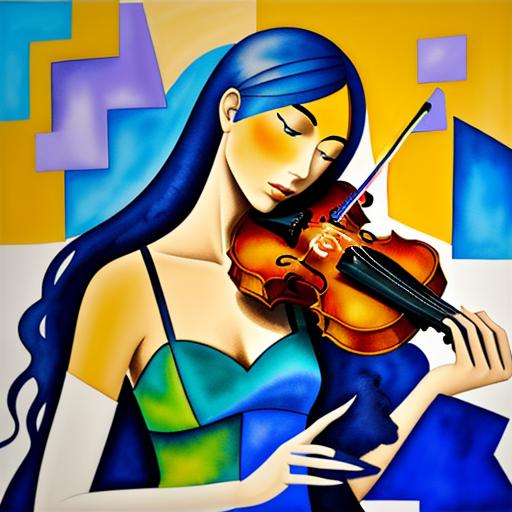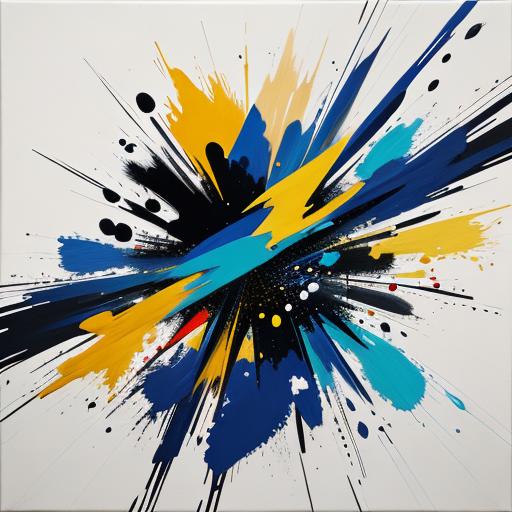Ever stood in front of an abstract painting, feeling a mix of confusion and intrigue? You’re not alone. Many of us have found ourselves squinting at splashes of color, trying to decipher meaning from seemingly random shapes. But what if I told you that behind those enigmatic strokes lies a rich philosophy that could change the way you see not just art, but the world around you?
The philosophy of abstract art goes far beyond mere aesthetics. It’s a window into the human psyche, a rebellion against conventional thinking, and a celebration of pure creativity. Today, we’re diving deep into the philosophical underpinnings of abstract art, exploring how this revolutionary movement has shaped our understanding of expression, perception, and reality itself.
The Four Pillars of Abstract Art Philosophy
At its core, the philosophy of abstract art rests on four fundamental principles:
- Exploration of pure form and color
- Expression of emotions and inner visions
- Rejection of literal representation
- Emphasis on the act of creation itself
Let’s unpack each of these, shall we?
1. The Quest for Purity: Form and Color Unleashed
Imagine for a moment that you could strip away all the labels, names, and associations you’ve attached to the visual world. What would be left? This is the question that obsessed early abstract artists like Wassily Kandinsky and Piet Mondrian.
“The more frightening the world becomes… the more art becomes abstract.” – Wassily Kandinsky
For these pioneers, art wasn’t about reproducing what the eye could see, but about revealing the hidden structures and relationships that underlie reality. They believed that by focusing on pure form and color, they could tap into universal truths that transcend language and culture.
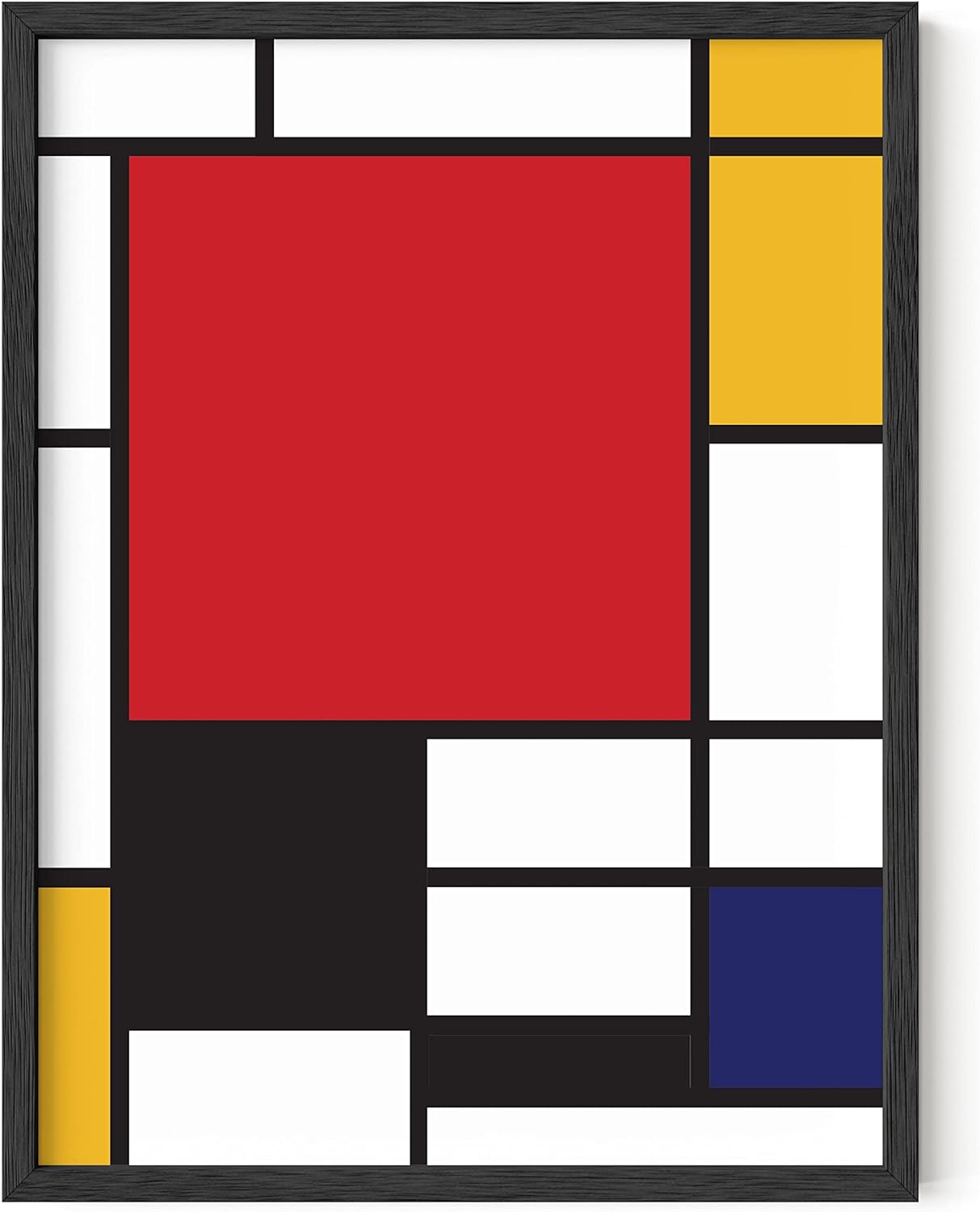
Take Mondrian’s famous grid paintings, for instance. At first glance, they might seem simple – just blocks of primary colors separated by black lines. But look closer, and you’ll see a search for perfect balance, a visual representation of the cosmic order Mondrian believed existed beneath the chaotic surface of the world.
This focus on the fundamental building blocks of visual experience – line, shape, color – wasn’t just an artistic choice. It was a philosophical statement about the nature of reality and our perception of it.
2. The Inner Universe: Emotions and Visions Made Visible
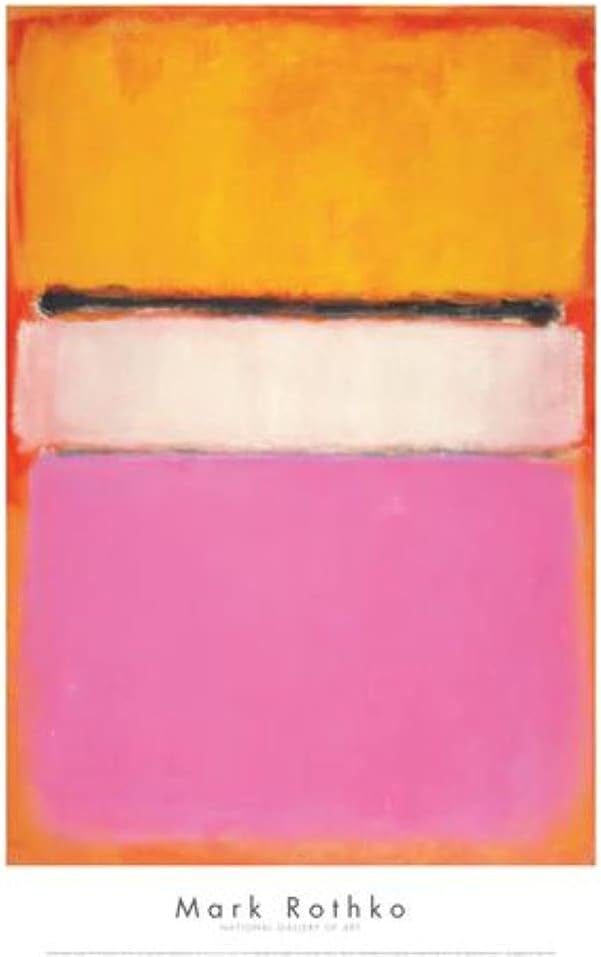
Have you ever tried to describe a dream? It’s frustratingly difficult, isn’t it? Words often fail to capture the surreal logic, the vivid imagery, the raw emotions of our inner experiences. This is where abstract art steps in.
For many abstract artists, their work was a way to externalize internal states – to give form to feelings, thoughts, and visions that defy verbal description. Mark Rothko’s vast color field paintings, for example, weren’t meant to be seen so much as experienced. Standing before one, you’re meant to be enveloped in color, to feel what Rothko felt.
“I’m not an abstractionist. I’m not interested in the relationship of color or form or anything else. I’m interested only in expressing basic human emotions: tragedy, ecstasy, doom, and so on.” – Mark Rothko
This focus on inner experience was revolutionary. It suggested that art could be a direct conduit between minds, bypassing the limitations of language and representational imagery. In doing so, it opened up new possibilities for emotional and spiritual expression in art.
3. Breaking the Mirror: The Rejection of Literal Representation
For centuries, Western art was dominated by the idea that the highest goal of painting was to create a perfect illusion of reality. Abstract art turned this notion on its head. Instead of holding a mirror up to nature, abstract artists shattered the mirror and used the pieces to create something entirely new.
This rejection of literal representation wasn’t just about artistic freedom. It was a philosophical statement about the nature of truth and reality. By abandoning realistic depiction, abstract artists were suggesting that there are truths that can’t be captured by simply reproducing the surface appearance of things.
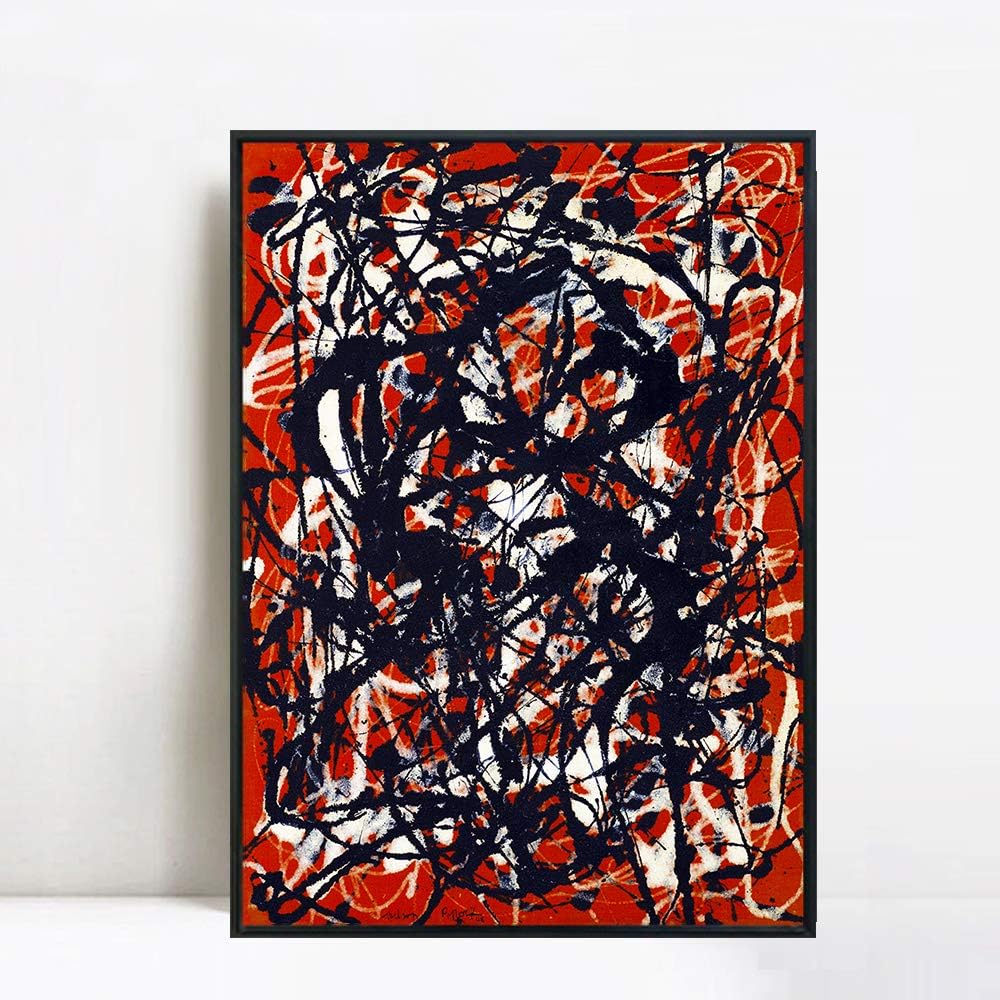
Take Jackson Pollock’s drip paintings. At first glance, they might look like chaotic splatters. But for Pollock, these paintings were a more honest representation of reality than any photorealistic landscape could be. They captured the energy, the movement, the spontaneity of the creative act itself – qualities that he saw as fundamental to the nature of existence.
4. The Art of Creating: Process Over Product
For many abstract artists, the final painting wasn’t the point – it was the act of creation itself that mattered. This emphasis on process over product was a radical shift in how we think about art and creativity.
“The painting has a life of its own. I try to let it come through.” – Jackson Pollock
This focus on the creative act aligned abstract art with existentialist philosophy, which emphasized authentic action and self-creation. By making the process visible – through drips, gestures, and spontaneous marks – abstract artists were celebrating the raw act of creation and inviting viewers to participate in that creative energy.
The Ripple Effect: How Abstract Art Philosophy Changed Everything
The philosophical principles of abstract art didn’t just change how we make and view art. They’ve had far-reaching effects on fields as diverse as psychology, education, and even business innovation. Here’s a quick overview:
| Field | Impact of Abstract Art Philosophy |
|---|---|
| Psychology | Influenced theories about perception and emotional expression |
| Education | Encouraged more open-ended, process-focused learning approaches |
| Design | Inspired minimalist and user-centered design principles |
| Business | Fostered “out-of-the-box” thinking and creative problem-solving |
| Technology | Influenced development of digital art and generative algorithms |
Bringing It Home: Applying Abstract Art Philosophy to Daily Life
So, you might be thinking, “This is all very interesting, but how does it apply to me?” Great question! The principles of abstract art philosophy can actually be powerful tools for personal growth and creativity. Here are a few ways to apply them in your daily life:
- Embrace pure experience: Take time to appreciate color, form, and texture in your environment, without labeling or categorizing.
- Express your inner world: Find ways to externalize your emotions and thoughts, whether through art, writing, or any creative outlet.
- Challenge literal thinking: Practice looking beyond surface appearances to find deeper meanings and connections.
- Focus on process: Enjoy the act of creation itself, rather than fixating on outcomes.
- Seek new perspectives: Like abstract artists who turned canvases upside down, try viewing your challenges from unconventional angles.
The Ongoing Conversation: Abstract Art Philosophy Today
The philosophy of abstract art continues to evolve and influence contemporary thought. Today’s artists are grappling with questions of identity, technology, and global interconnectedness, using the language of abstraction to explore these complex issues.
Digital art, virtual reality, and AI-generated imagery are pushing the boundaries of what we consider “abstract,” raising new philosophical questions about creativity, authorship, and the nature of reality itself.
As we navigate an increasingly complex and visually saturated world, the principles of abstract art – with their emphasis on direct experience, emotional truth, and creative freedom – offer valuable tools for making sense of our experiences and expressing our unique perspectives.
In Conclusion: The Endless Canvas of Possibility
The philosophy of abstract art isn’t just about understanding paintings. It’s about opening our minds to new ways of seeing, feeling, and creating. It challenges us to look beyond the surface, to trust our intuitions, and to embrace the messy, beautiful process of creation.
So the next time you encounter an abstract artwork, remember: you’re not just looking at a painting. You’re engaging with a philosophy that has the power to transform how you see the world. Don’t just look with your eyes – feel with your heart, think with your gut, and let the artwork spark your own creative journey.
After all, in the world of abstract art, the only limit is your imagination. And that, my friend, is a canvas without bounds.
Resources:
- Stanford Encyclopedia of Philosophy – “The Philosophy of Art”: https://plato.stanford.edu/entries/art-definition/
- Tate’s “Abstract Art” resource: https://www.tate.org.uk/art/art-terms/a/abstract-art
- MoMA’s “What Is Modern Art?” course on Coursera: https://www.coursera.org/learn/modern-art-ideas

